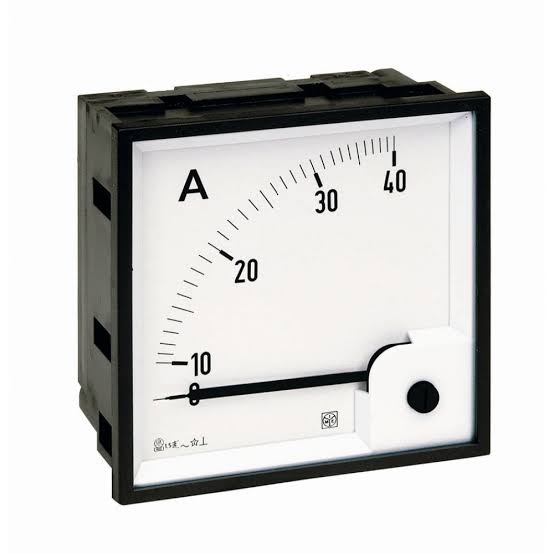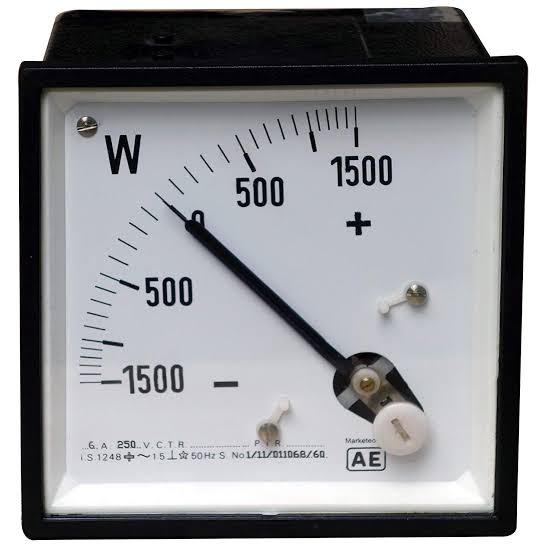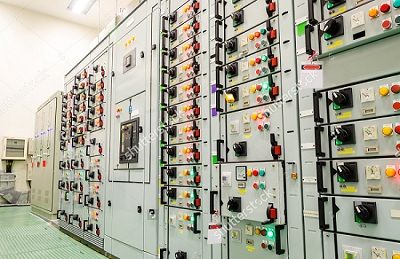Transportation and Unloading at site
Power transformers are usually very reliable, but it requires lot of care during all stages of its life & particularly during
transportation. If a transformer experiences any mechanical shocks more than suggested “g” level, damage that may occur covers
- Displacement / distortion of windings or core .
- Inter turn insulation damage due to movement of active part .
- Loosening of winding clamps due to vibration .
- Compromise safe clearances between tank & active parts .
It is therefore required that transporter should take note of following transport restrictions.
- Axial load distribution
- Brake force distribution between tractor & trailer as per trailer manufacturer’s guide.
- Maintain proper ratio between the gross mass of the trailer and tractor
- Adhere to designated route.
- Avoid travelling during foggy, heavy rain, etc restricting ambient visibility to less than 500 meters.
- Actual survey & planned route
- Permissions
Different modes of Transportation of Transformer
According to weight of Transformer to be transported, the size & capacity of Trailer, plinth size and mode of transportation may be rail, road or water. Depending on size of transformer, destination, delivery time & route limitations the mode of transportation can be decided.
a) Rail Transport
Where the weight and dimension of main body exceed limits, special well wagons are employed. Detached parts
are packed/crated and normally dispatched along with main body of transformer so that all the parts are received at the destination with unit. If the siding facility is not available either at loading or unloading end, mobile cranes or railway cranes can be used for loading into wagons.
b) Road Transport
Multi axle tractor driven, low platform trailers are used for transporting transformers on roads. Transformers may
be transported by road, where well developed roads exist & the route conditions permit.
2] Selection of Trailer
Multi axle tractor driven low platform trailers are used for road transport. The tractors are to have adequate hauling capacity and the trailers should have adequate loading capacity. There are two types of trailers available.
i) Low bed Mechanical Articulated Trailer
This is useful for concentrated load like Transformer. The maximum Gross load permissible in Mechanical Articulated trailer is 49 MT (Gross load = Weight of consignment + weight of trailer + weight of pulling unit, tractor)
ii) Hydraulic axle Trailer
Useful for all types of loads including transformers. The maximum Gross load permissible in Hydraulic axle trailer is 18 MT Per axle. Depending upon the weight, the number of axles can be attached one after another. Normally Hydraulic axle unit are available in the combination as a unit of 2 axle, 3 axle, 4 axle, 6 axle and 8 axle (weight of each axle is approx.: 3.5 to 4.5 MT) depending upon Manufacturer. The axle width is
generally 3 Mtrs. 1 ½ side axle can also be joined if the width of the consignment is exceeding 4 Mtrs. Total
width of the axle in this case will be 4.5 Mtrs.
3] Capacity of Puller
Presently Pullers (figure 5.1) are available to pull loads from 1 to 240 MT.
4] No. of Axles
No. of hydraulic axles of any transportable consignment can be determined in the following manner. One puller carried load of the consignment on two hydraulic axles.
Weight of tractor (ra) + trailer (rb) = X (say, 10 MT)
Weight of Transformer : (a) e.g. 70 MT
Gross weight permissible per axle : (b) e.g. 18 MT
Weight of each axle : (c) e.g. 4.5 MT (standard weight)
Weight of Goods that can be loaded (d) : (b-c) = (18 MT – 4.5 MT) = 13.5
Hence, for 70 MT Transformer axles to deploy = {X+(a)}/(d) = {10+70}/13.5 = 5.92
Therefore number of axles which need to be deployed are 6.
In the up gradient of hills or roads extra puller of same rating shall be provided.
In down gradient of ghat section use power brake attached to the hydraulic modular trailer.
5] Route Survey
The route Survey Report is for safe and speedy transport of over dimensional / sophisticated consignments by deployment of well suitable equipment, driver and escorts (both) with professional & technical expertise and their rich experience is the answer of safe and speedy transport.
Based on the dimension and weight of the consignment extensive study is being carried out, first calligraphically
wherein most feasible routes for the transportation to the destination site is selected and there after exhaustive
field verification are carried out. After collection and compilation of massive data that was collected during the route surveys, only the most feasible route is being selected and detailed report of Survey is being prepared. Efforts to be made for best alternative solution while highlighting the problems that are anticipated for safe and speedy transportation of over dimension / sophisticated consignment
a) Elements of route survey
The road system is examined in detail on the following points:
i. Normally width of the road should be more than 5 m.
ii. Bridges and culverts should have sufficient strength to take the moving load (in this regard,
consultation with highway department is necessary)
iii. Hindrance on route like telephone, telegraph, traction and HT/LT wires, avenue trees, sub ways etc are to be assessed.
iv. Sharp bends & road worthiness (i.e. sandy stretches, waterlogged areas, crowded localities like market places, schools and public places)
6] Speed
For the normal running uniform speed of 10 to 20 kmph shall be maintained on good roads. For bad roads it is
desirable to run the vehicle at much lower speeds. However, while crossing bridge it shall be 5 kmph. No breaks should be applied during bridge cross over. Movement of other vehicle should be stopped while crossing bridge.
Long before the approach to the bridge, the speed should be brought down and the vehicle allowed proceeding over the bridge without creating any impact.
The brake system on the tractor-trailer has to be carefully operated whenever the vehicle is running with load.
7] Night Travel & Halt
Normally night travel is avoided except where it is restricted for heavy vehicles to travel in day time i.e. cities, towns & small villages. Transportation should be avoided during heavy rains also. In the case of night halt or stoppage of the loaded trailer for a fairly long duration the trailer should be supported either by sleepers or providing supporting jacks on all sides thus releasing the load from the tyres. Danger lights should be displayed in the front and rear of the vehicle.
8] Safe movement under O/H lines
The Supervisor should ensure that sufficient line clearance from line conductor to the top most part of transformer and trailer is available as per IE Rules and as per the rating of transmission lines. The transportation during monsoon period should be avoided as far as possible if sufficient clearances are not available. If it is found that
the clearances are critical, the hydraulic axle platform can be lowered by 250 to 300 MM as per the provision made in hydraulic axle to avoid any danger of electrical faults.
9] Special spares / tools to be carried during transport
1. Insulated LT wire lifting device
2. Extra tyres
3. Hydraulic Jacks
4. Tools Box
5. Crow bar
6. Tarpaulin
7. Slings for fastening
8. First Aid kit
9. Small Spares
10. Torch
11. Baton sticks
12. Red & Green Flags
10] Crew Size
1. Supervisor - 1 Person
2. Driver - 1 Person
3. Axle operator - 1 Person
4. Helpers - 3 Persons
5. Wire lifting - 3 / 4 Persons.
All above should be equipped with helmet, safety shoes & hand gloves and Supervisor, Axle operator and Driver are with suitable communication facility.
11] Document verification for puller capacity
Registration book issued by RTO department to know the horse power of puller.
12] Movement
A pilot vehicle with all tools and tackles, jacks, sleepers, chequered plates, crowbars, etc., and sufficient trained staff should run in front of the vehicle. Red flags and danger lamps should be exhibited at prominent places to warn traffic on the route.
The branches of avenue trees that are likely to foul the equipment should be cleared while the load is moved.
Electric utility power lines likely to foul should be switched off and lifted temporarily / dismantled while the load is moved.
After moving the load for a short distance, tightness of the lashing should be checked.
13] Check Points during Transportation
a) Provide suitable impact recorder which give waveform data and frequency analysis. As per IEEE guide line PC57.150, it is recommended to provide two recorders per transformer to eliminate chances of loss of data due to failure of recorder.
b) Place both the recorders as low as possible and in diagonally opposite positions for best results.
c) Check pressure of dry air or nitrogen as shown below on daily basis. Any loss in pressure shall be made up.
For this, Transformer shall be supplied with filled gas cylinder to maintain positive pressure during
transportation.
d) The purity shall be 99.9% for nitrogen gas or dry air conforming to DIN 3188.
e) Weak bridges, if any should be strengthened with the help of highway department.
f) Red flags and danger lamps should be exhibited on the unit.
g) Check tightness of lashing at regular intervals during movement.
14] Receipt of Transformer at Site
i. When a transformer arrives at site a careful external inspection must be made of the unit, its cooling system
and all sealed components, referring to the general arrangement drawing and the shipping list.
ii. Inspect all packing cases and loose components for damage or missing items.
iii. Check whether the transformer has arrived at site with a positive gas pressure in case of dispatch without oil. In case of dispatch of main body in oil filled condition, check oil level and leakages if any.
iv. Should the transformer arrive at site without pressure (owing to gas leakage), it must be assumed that moisture has entered the tank and that the moisture will have to be driven out. In such cases, the manufacturer’s advice must be sought.
v. In case of any oil leakage or damage is discovered, the transportation company, the transport insurer and manufacturer shall be informed immediately.
vi. A record of damage must be prepared in conjunction with other participants and supplier representative. Minor damage which may appear unimportant should also be recorded.
vii. Confirm that case numbers match with the packing list. Check their contents tally with the packing list if the packing case is damaged.
viii. Fill in the check list for external as well as internal inspections.
ix. For oil filled transformers a sample of oil should be taken from the bottom of the tank and tested for BDV
and moisture content. If the values do not meet the relevant standards the matter should be taken up with the manufacturer.
x. Down load impacts recorded by impact recorder and analyze the same in consultation with supplier.
15] Unloading of Transformer
All the transformer unloading and handling work should be carried out and supervised by specialized people, following all safety rules and using supporting points indicated on drawing. The use of any other points will result in severe damages to the transformer.
a) The following should be avoided during the unloading process
- The transformer imbalance (Maximum 10 degree)
- Abrupt movements
- Impact against the ground
- Side Impact
The transformer should be unloaded from trailer by using wooden sleepers and rails for dragging the transformer to its plinth.
b) Considerations before unloading
Availability of access road between unloading point and plinth.
Ensure overhead crane capacity for weight of main unit.
- Readiness of foundation
- Keep under base of main unit at least 300 – 400 km above ground level by providing wooden slippers to facilitate jacking.
- Remove lashing before unloading.
c) Unloading from Trailer
i. Unload main unit only on wooden slippers
ii. Jack the transformer at jacking pad only.
iii. Ensure simultaneous operation of all 4 jacks.
iv. Use only haulage lugs for hauling.
v. Ensure capacity of winches and wire ropes to be used for haulage.
vi. Do not use chain pulley block in place of winches.
















0 Comments